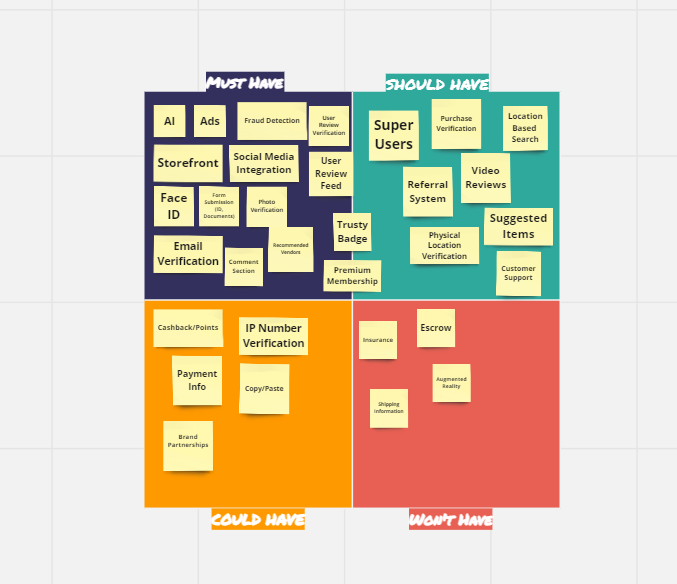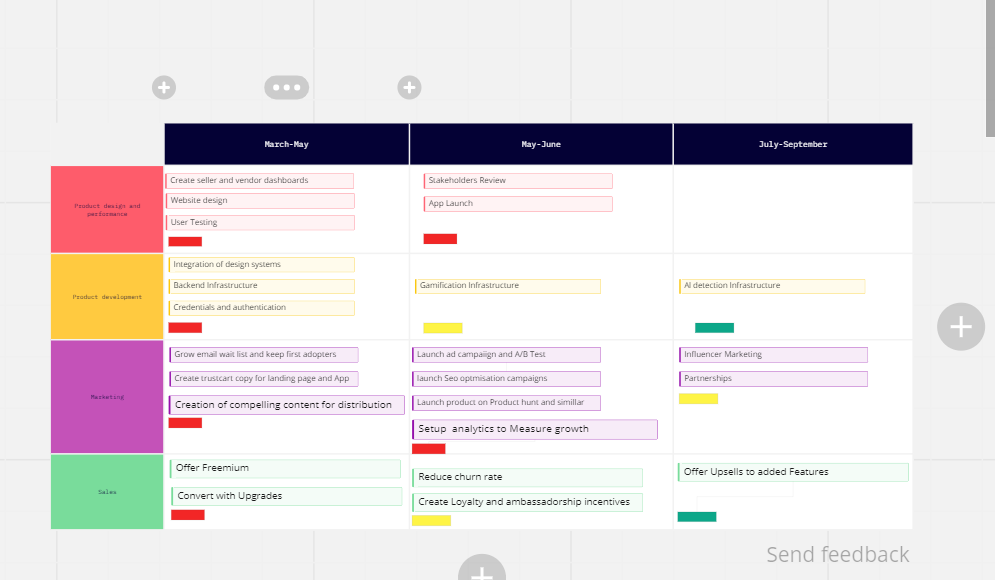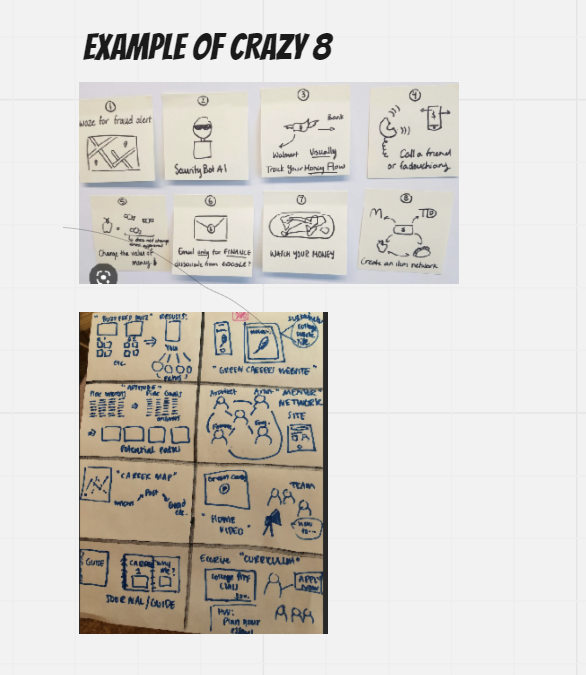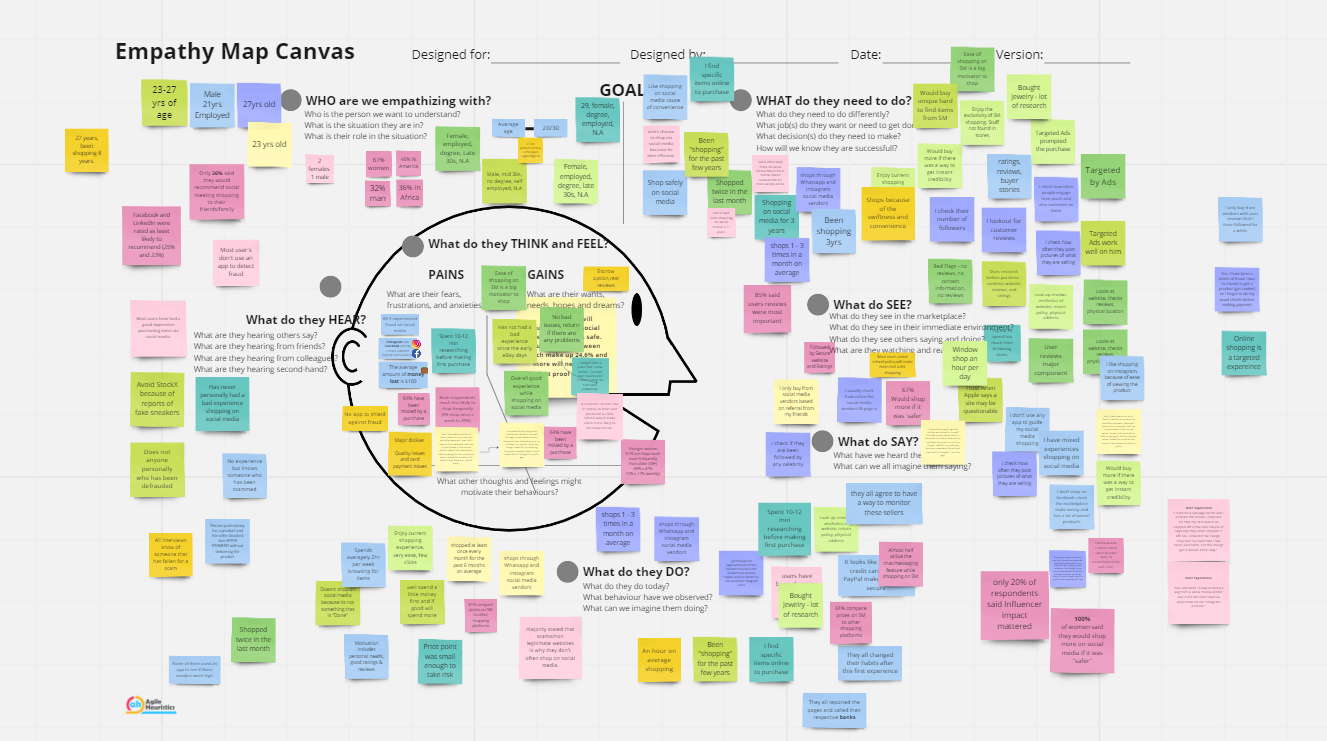Portfolio
Here are a few of the projects I have worked on
Triasautosolution
As Product Marketing Manager for the assistant, I worked with our multidisciplinary team to take the assistant from conception to launch. I conducted research, and user interviews, managed customer onboarding, oversaw AI training, and worked closely with the CEO, product designer, and lead engineer.
As the technical co-founder for Actively, I had additional responsibilities including product ownership, writing copy, and aiding in fundraising
Product
TriasAutoSolutions anti-smash product is a SaaS (Software-as-a-Service) product that provides a cloud-based solution for preventing car smash-and-grab incidents. It utilizes advanced technology such as AI, machine learning, and computer vision to detect suspicious behavior and alert the car owner or security personnel in real-time. The product is designed to be easy to install and use, and it can be accessed through a web-based dashboard or mobile app. It offers a range of features such as geofencing, customizable alerts, and activity reports, making it a comprehensive solution for car owners and fleet managers looking to protect their vehicles from theft and damage
Customer needs come first – The success of any product depends on how well it meets the needs of its customers. As a Product Manager, it’s crucial to stay close to the customer and constantly gather feedback to ensure that the product is delivering value.
Data-driven decision making – Data is essential to making informed product decisions. It’s important to measure the right metrics, analyze data, and use insights to drive product development.
Cross-functional collaboration – Product development is a team effort. It’s critical to work closely with engineering, design, sales, marketing, and other stakeholders to ensure that everyone is aligned and working towards the same goals.
Agility and adaptability – The market and customer needs are constantly evolving. As a Product Manager, it’s important to be agile and adaptable to changing circumstances, and to be able to pivot the product strategy as needed
Focus on the core product – It’s easy to get distracted by shiny new features or requests from customers, but it’s important to stay focused on the core product and what sets it apart from the competition.
Continuous improvement – There is always room for improvement, and a product should never be considered “done.” Continuous improvement and iteration are key to ensuring that the product stays relevant and meets the evolving needs of customers.
Communication is key – Good communication is essential to the success of a product. As a Product Manager, it’s important to communicate clearly and often with all stakeholders, including customers, to ensure that everyone is on the same page and working towards the same goals.
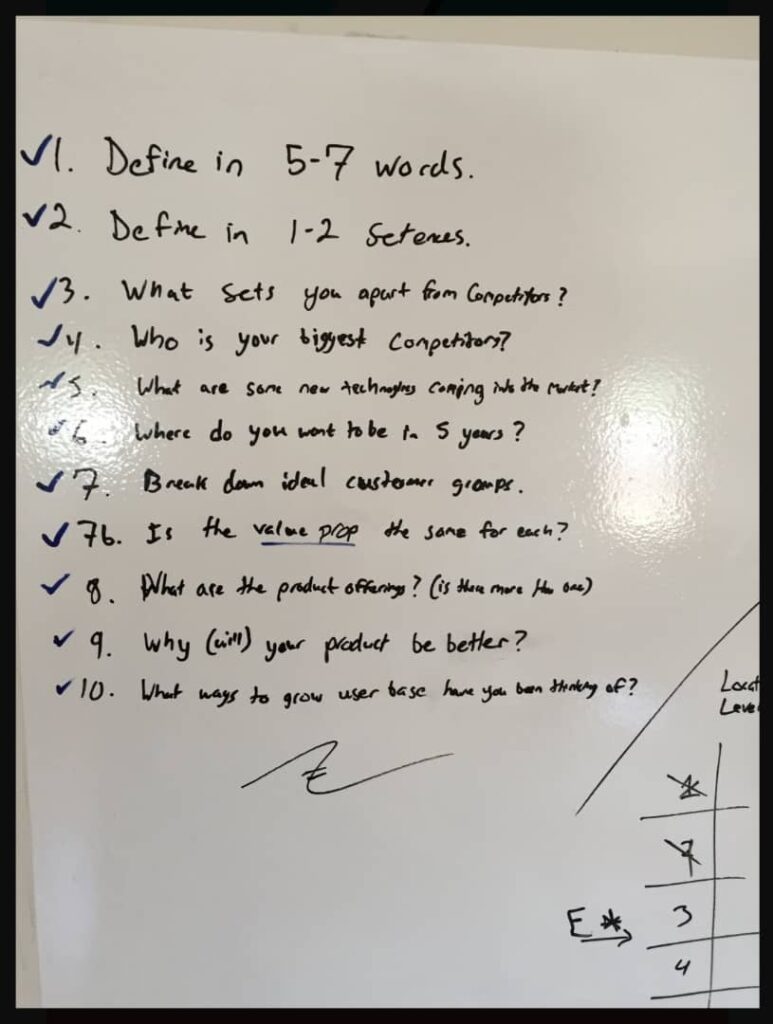
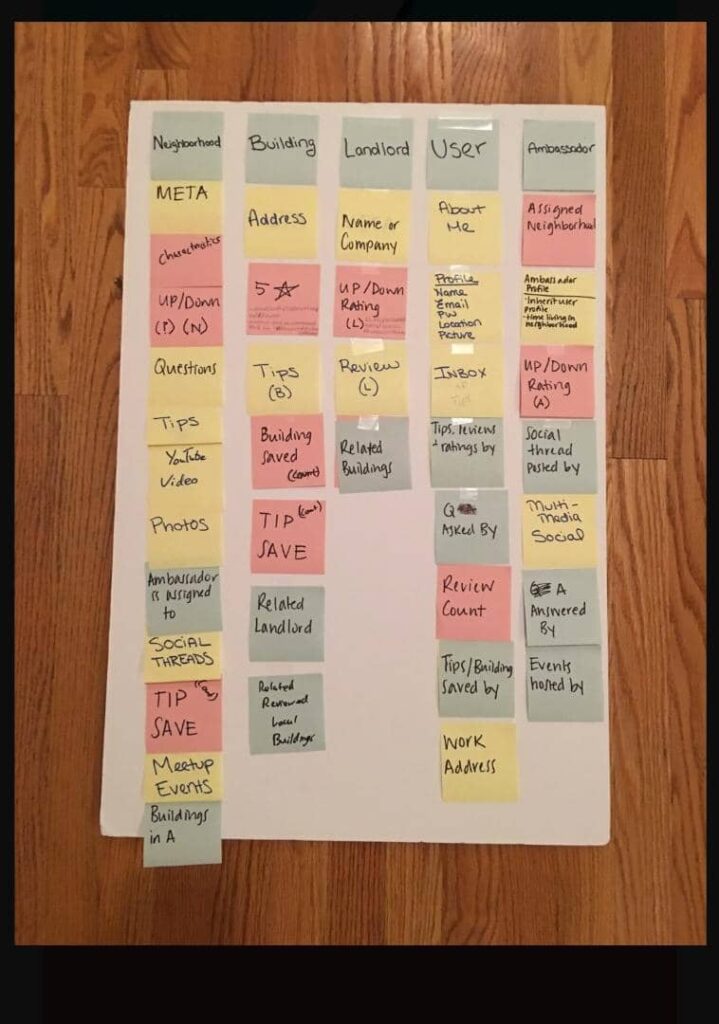
See case study below
Valuejet
Product Role
As a product manager at ValueJet, my role revolves around managing the development and growth of our products. My primary responsibility is to ensure that we create and deliver products that meet the needs of our customers and align with the company’s strategic objectives.
To achieve this, I work closely with cross-functional teams such as engineering, design, sales, and marketing to understand customer needs and develop a product roadmap that addresses those needs. I also conduct market research, analyze customer feedback and engagement metrics, and stay up-to-date with industry trends and competitive offerings to inform our product development decisions.
Additionally, I collaborate with engineering teams to define product requirements and manage the product development lifecycle, ensuring that we meet our development timelines and deliver high-quality products. I also work with the marketing and sales teams to develop go-to-market strategies and launch plans for new products, and provide ongoing support to ensure the success of our products in the market.
Overall, my goal as a product manager is to create innovative, customer-centric products that drive business growth and create value for our customers
The Product
As a SaaS aviation product, a solution like ValueJet would offer cloud-based software tools and services that enable airlines and aviation companies to manage their operations more efficiently and effectively.
For example, the product might include features such as:
Flight Planning and Optimization: This feature would allow airlines to plan and optimize their flight routes, taking into account factors such as weather, fuel efficiency, and air traffic control restrictions.
Crew Management: The solution would also enable airlines to manage their flight crews, including scheduling, training, and certification tracking.
Maintenance and Safety: With this feature, airlines could track and manage their aircraft maintenance schedules, and ensure compliance with safety regulations and industry standards.
Passenger Management: The product would enable airlines to manage their passenger bookings, check-ins, and in-flight services.
Analytics and Reporting: The solution would provide detailed analytics and reporting tools, allowing airlines to track their performance metrics and make data-driven decisions to improve their operations.
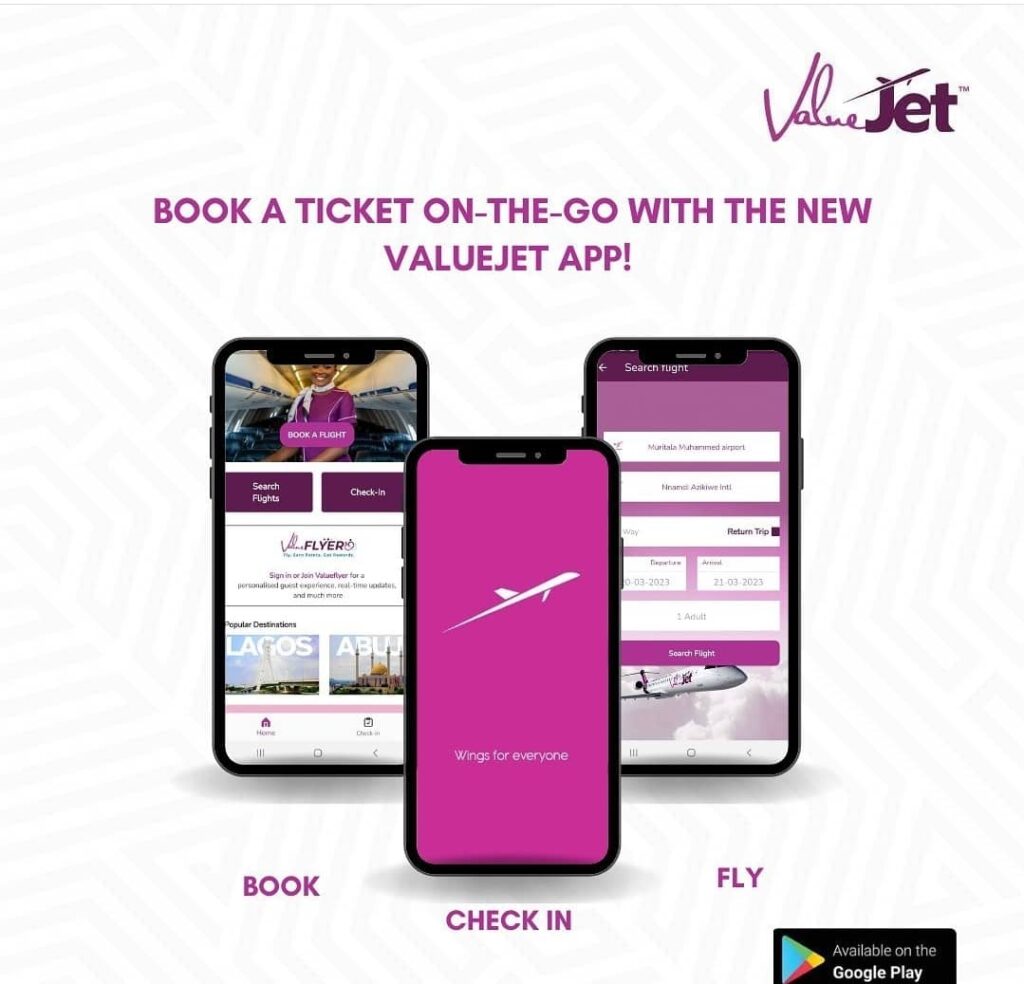
Overall, a SaaS aviation product like ValueJet would help airlines streamline their operations, reduce costs, and improve the overall passenger experience, ultimately driving business growth and profitability.
Key takeaways
- As a product from early in my Product Management career, it taught me the importance of understanding and defining the scope of the product.
- This process taught me how to balance the creation of a complete “perfect world” product while understanding what features are required for a successful MVP.
- Strengthened my understanding of UX, giving me the ability to work start to finish with a talented Product Designer who helped to push the product vision forward.
- How to best manage a remote engineer team when the individuals are hard to reach and lack communication and progress.
- How product management and product ownership contrast to project management within an agency
See case study below
Road Aider
A roadside assistance product is a service that helps drivers who encounter unexpected problems with their vehicles while on the road. Some of the common problems that drivers may encounter include running out of gas, a flat tire, a dead battery, or mechanical failure.
Roadside assistance products typically offer services such as towing, jump-starting a battery, delivering fuel, changing a tire, and providing lockout assistance. In addition to these services, some roadside assistance products may also offer additional benefits such as trip interruption coverage, which covers expenses if a vehicle breaks down while on a trip, and concierge services, which provide travel planning assistance.
The specific features and services offered by Road Aider, or any other roadside assistance product, would depend on the company’s policies and offerings. However, the overall goal is to provide peace of mind to drivers by offering quick and reliable assistance when they encounter unexpected problems on the road
Overall, my role as a Product Manager at Road Aider is critical to the success of our company, and I am dedicated to ensuring that we deliver innovative and impactful products that solve real-world problems for our customers.
The Product
A roadside assistance product is a service that helps drivers who encounter unexpected problems with their vehicles while on the road. Some of the common problems that drivers may encounter include running out of gas, a flat tire, a dead battery, or mechanical failure.
Roadside assistance products typically offer services such as towing, jump-starting a battery, delivering fuel, changing a tire, and providing lockout assistance. In addition to these services, some roadside assistance products may also offer additional benefits such as trip interruption coverage, which covers expenses if a vehicle breaks down while on a trip, and concierge services, which provide travel planning assistance.
The specific features and services offered by Road Aider, or any other roadside assistance product, would depend on the company’s policies and offerings. However, the overall goal is to provide peace of mind to drivers by offering quick and reliable assistance when they encounter unexpected problems on the road
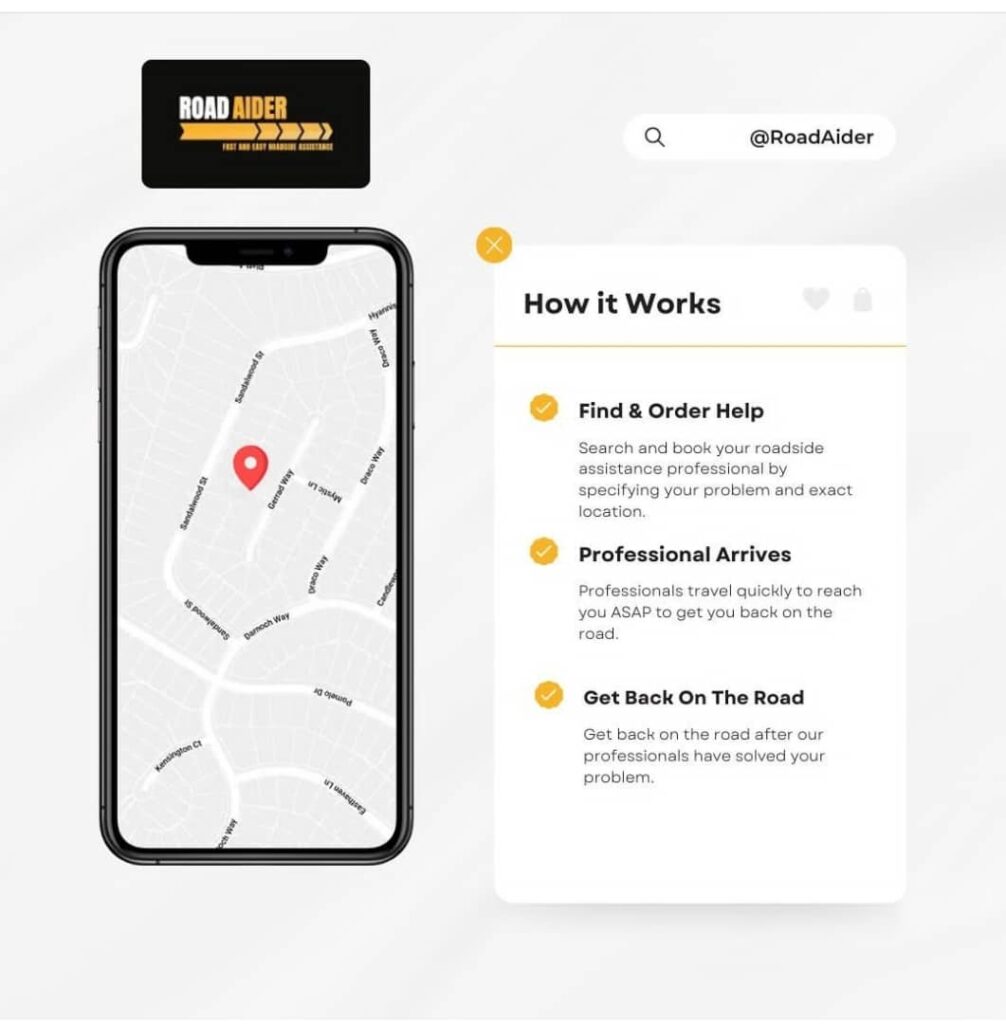
Key takeaways
- Understanding the customer’s pain points: I needed to understand the common problems and challenges faced by drivers on the road and develop features and services that address those pain points.
- Prioritizing essential services: prioritization of essential services such as towing, jump-starting, and lockout assistance, while also considering additional benefits that can differentiate the product from competitors.
- Managing partnerships: we needed to partner with tow truck companies, locksmiths, and other service providers to deliver its services, so a product manager would need to manage these relationships and ensure that the service is delivered effectively.
- Ensuring service quality: As a product manager at Road Aider needed to ensure that the quality of service is consistently high and that drivers are satisfied with the assistance they receive. This could involve monitoring service calls and customer feedback.
- Analyzing data: collection and analysis of data on customer usage, service delivery, and other metrics to identify areas for improvement and optimize the product offering.
- Staying up-to-date with technology: As a product manager at Road Aider I needed to stay up-to-date with technology trends and advancements and identify opportunities to incorporate new technologies into the product offering, such as mobile apps, AI-powered chatbots, or automated dispatch systems.
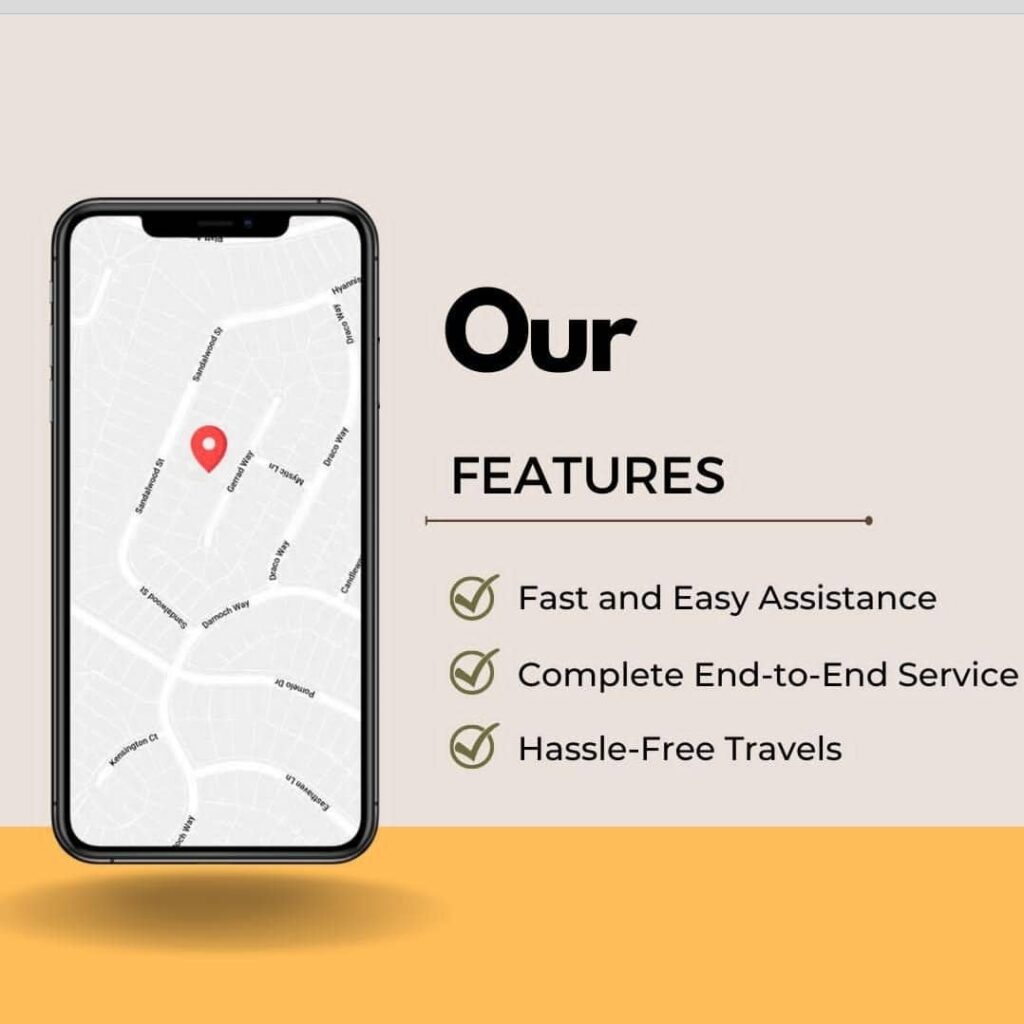
See case study below
Jerseygramm
As a digital marketing manager for JerseyGram e-commerce, my role was to oversee the company’s online marketing efforts and ensure that they effectively reached our target audience and drove sales.
I began by analyzing JerseyGram’s existing digital marketing strategies and identifying areas for improvement. I researched new trends and best practices in the industry. I developed a comprehensive digital marketing plan incorporating various tactics, such as search engine optimization (SEO), pay-per-click (PPC) advertising, email marketing, social media marketing, and influencer outreach.
To implement this plan, I worked closely with the marketing team and external partners, such as graphic designers and copywriters, to create engaging and visually appealing marketing materials. I also managed the company’s social media accounts, creating and scheduling content to increase engagement and drive traffic to our website.
In addition, I regularly monitored and analyzed our website and social media analytics to track our performance and adjust our strategies accordingly. I also managed the company’s email marketing campaigns, crafting personalized and targeted messages to our subscribers to encourage repeat purchases.
Overall, my role as a digital marketing manager for JerseyGram e-commerce was to drive sales and increase brand awareness through various online channels. I was responsible for developing and implementing effective digital marketing strategies that helped the company reach its business goals
As a digital marketing manager at JerseyGram, I learned several key takeaways that helped me become a more effective marketer.
- Firstly, I learned the importance of data analysis in digital marketing. By regularly tracking and analyzing website and social media analytics, I was able to identify trends and patterns in user behavior and adjust our marketing strategies accordingly. This helped us improve our ROI and reach our business goals.
- Secondly, I learned the importance of a strong brand identity. By creating a consistent and visually appealing brand across all our marketing channels, we were able to build trust and loyalty among our target audience. This helped us increase customer retention and drive repeat business.
- Thirdly, I learned the value of collaboration in digital marketing. By working closely with the marketing team, external partners, and other departments, I was able to create cohesive and effective marketing campaigns that aligned with our business goals. This helped us achieve a higher level of success and improve the overall performance of our digital marketing efforts.
Trustycart
Product Role
As a product manager for TrustyCart, my main responsibility was to oversee the development of our e-commerce platform and ensure that it met the needs of our customers while aligning with our business goals.
I began by conducting extensive market research to identify trends and customer pain points, as well as opportunities for growth. Based on this research, I worked with the development team to create a roadmap for the platform that included new features and improvements to existing ones.
Throughout the development process, I worked closely with the development team, providing feedback on their progress and ensuring that the product was being developed according to our specifications. I also collaborated with other teams, such as marketing and sales, to ensure that the product was being positioned and promoted effectively.
Once the product was launched, I continued to monitor its performance, collecting feedback from customers and using that feedback to inform future development. I also worked with the development team to identify and resolve any issues that arose.
Overall, my role as a product manager for TrustyCart was to ensure that our e-commerce platform was meeting the needs of our customers and driving growth for the company
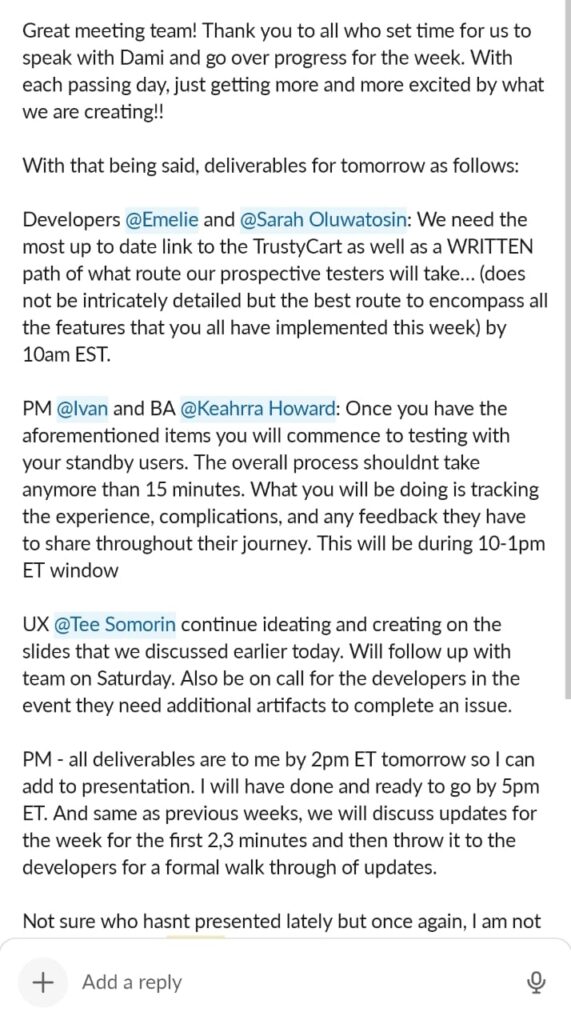
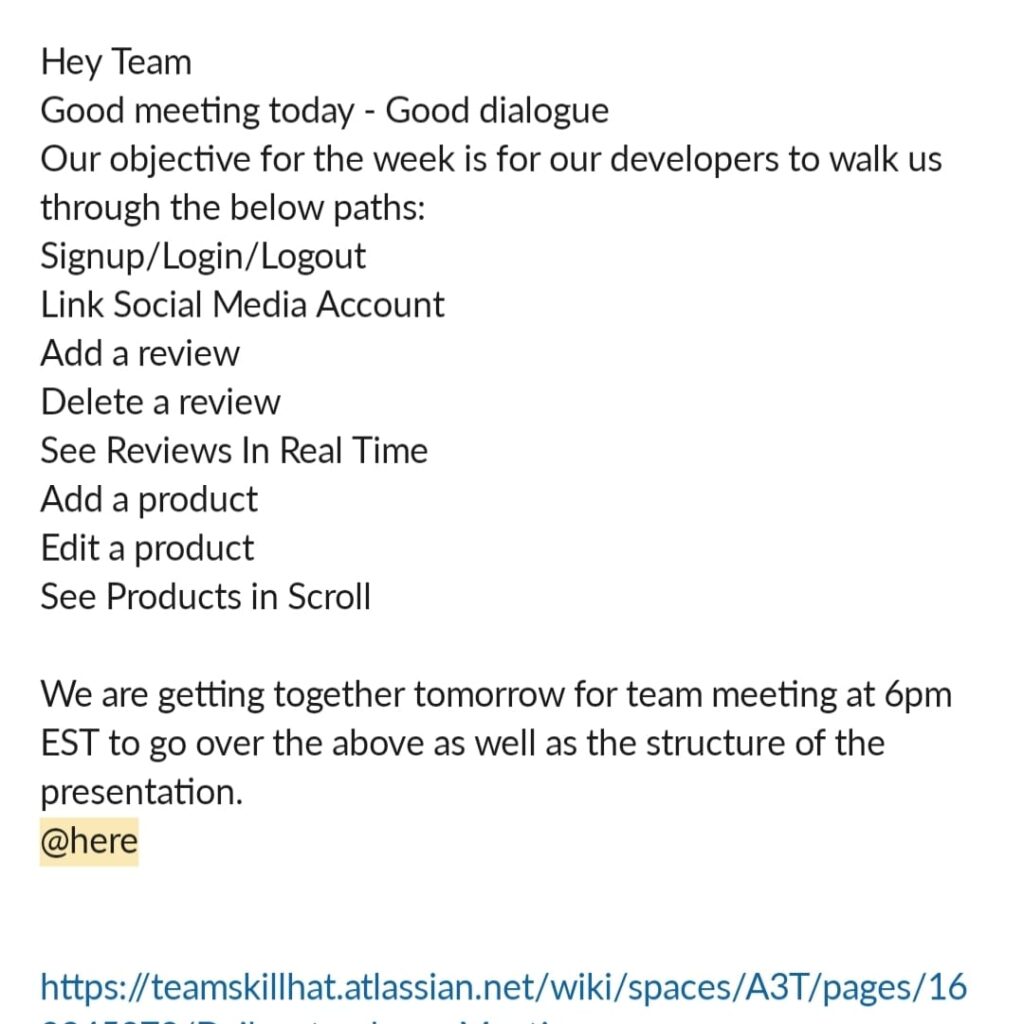
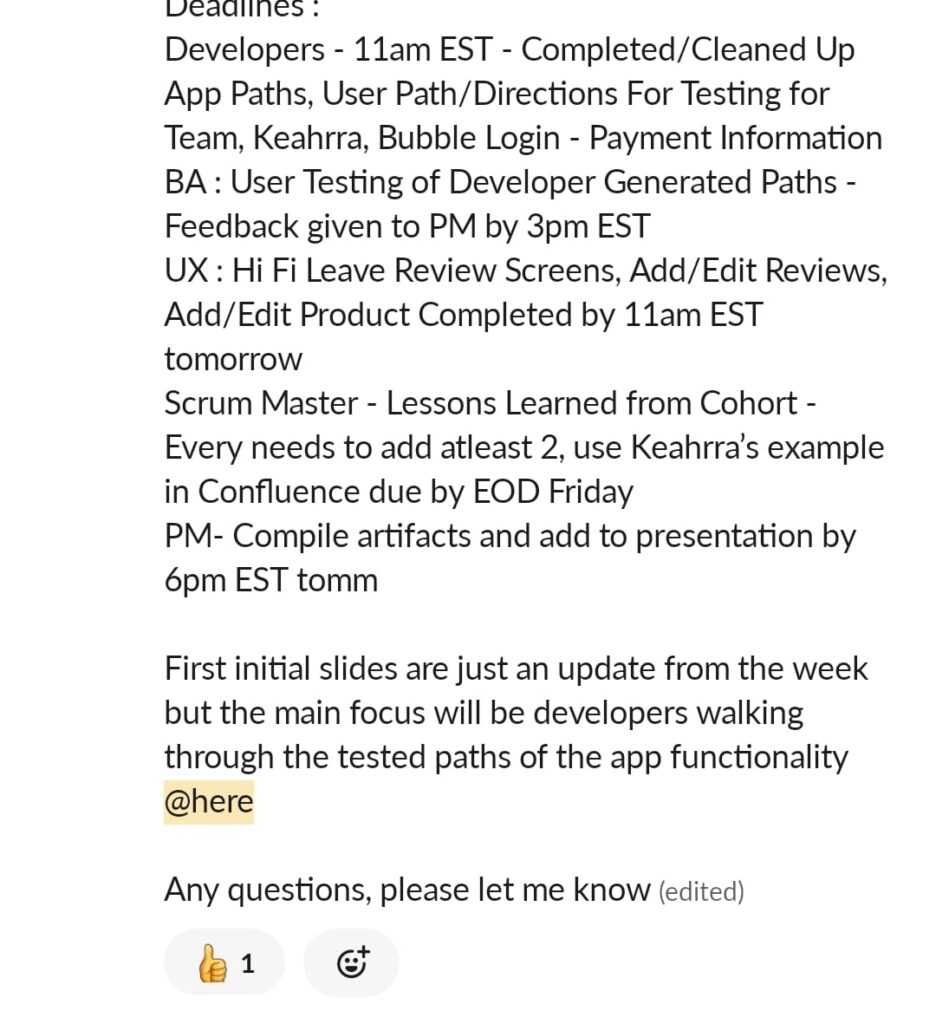
Product Role
TrustyCart is a secure social media e-commerce platform that aims to address fraudulent activity by combining
- Fraud detection
- User reviews
- Vendor storefronts
- Machine learning capabilities
- User-friendly experience
- The platforms feature prioritize addressing pressing issues related to fraud and lack of trust on social media e-commerce platforms while providing a seamless and enjoyable user experience
As a product manager for TrustyCart, I developed a product strategy that aimed to address the pain points of our customers and align with our business goals. Here’s how I approached the process from customer analysis to launch:
Customer Analysis:
I conducted extensive market research to understand our target customers and their needs. I analyzed their behavior, preferences, and pain points to identify opportunities for improvement.
Define the product vision:
Based on the customer analysis, I developed a clear product vision that aligned with our business goals. This vision served as a roadmap for the development of the product.
Create a product roadmap:
I worked with the development team to create a product roadmap that included new features and improvements to existing ones. The roadmap was aligned with the product vision and was designed to meet the needs of our customers.
Define the MVP:
Based on the product roadmap, I defined the minimum viable product (MVP) that would be launched to the market. The MVP included the essential features that would meet the basic needs of our customers.
Develop the product:
I worked closely with the development team to ensure that the product was being developed according to our specifications. We used an agile development process to iterate quickly and make improvements based on customer feedback.
Test the product:
We conducted extensive testing of the product to ensure that it met the needs of our customers and was bug-free.
Launch the product:
Once we were satisfied with the product, we launched it to the market. We used a marketing strategy that included social media advertising, email marketing, and influencer marketing to create buzz around the product.
Monitor performance:
After the launch, I monitored the performance of the product and collected feedback from customers. I used this feedback to inform future development and improvements.
Overall, this product strategy allowed us to launch a product that met the needs of our customers and was aligned with our business goals
Key takeaway
It’s essential to continuously monitor the performance of the product and collect feedback from customers. This feedback is vital in informing future development and improvements. As a product manager, it’s important to stay flexible and willing to iterate based on customer feedback to ensure that the product continues to meet their needs and expectations.
